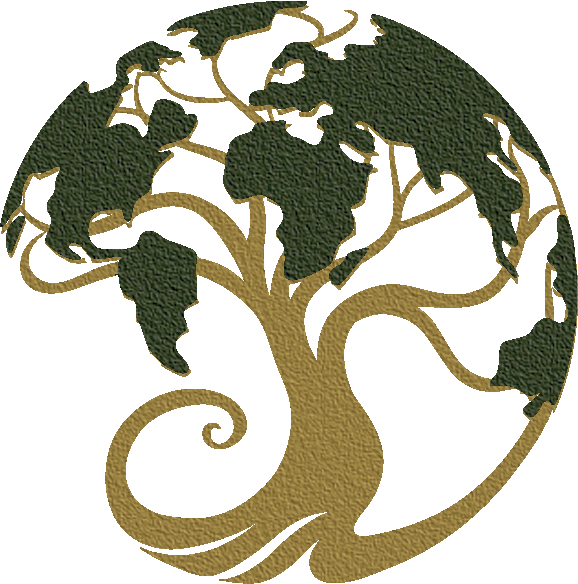Local Wild Living Design: Weaving Regeneration into the Fabric of Everyday Life
Shantree Kacera, R.H., D.N., Ph.D.
"Embrace the wisdom of local wild living design, where innovation meets the timeless rhythms of nature, creating sustainable harmony in our communities and ecosystems."
Our approach here is to celebrate, give thanks and integrate the Local, Wild and Living foods of this land into our herbal, dietary and lifestyle for 3-Primary Reasons:
Local: We believe in the value of locally grown food. Foods nurtured into life in the same environment, atmosphere, altitude, and biorhythms that we exist in are more easily assimilated into our systems than food imported from far reaches of the planet. Less travel time means more incredible nourishment with fewer resources required.
Wild: Wild foods have chosen for themselves to live and thrive in this region. They have deeply connected the land here. When you eat wild harvested foods, you deepen your connection to this region of the Earth. It is often perceived as “weeds” with the most significant nutritional value for our bodies. Our wild foods are harvested with sustainability as a primary intention for ourselves and our plants.
Living: We believe life gives life. Eating foods in their fresh living form provides the full enzymatic benefits the food has to offer. Exogenous enzymes (enzymes received from sources outside of our body) are sensory for metabolism, digestion and energy. Eating living foods conserves energy, decreases stress on our bodies, and gains maximum benefits with minimal effort. Nature is our best teacher and the finest example of regenerative living. When we look outside and see all the other species living on the planet, we see them eating exclusively local, wild and living foods by imitating nature's design. Everyone benefits from our bodies and the land on which we live.
We Believe
We believe in the symbiotic relationship with the plant world.
We believe in the wild intelligence of nature.
We believe in the Piously Prolific Pioneering Plants.
Designing a lifestyle around local and wild living involves considering various aspects to ensure sustainability, practicality, and enjoyment. Here are some design considerations:
Knowledge and Education: Before embarking on a local wild living lifestyle, individuals should learn about the local ecosystem, including native plants, wildlife, and environmental conditions. This knowledge forms the foundation for responsible foraging and gathering practices.
Location Assessment: Assess the specific characteristics of your local environment, including climate, soil quality, and available resources. Understanding these factors will help determine which plants can be cultivated and which wild edibles are abundant.
Permaculture Design: Apply principles of ecology to design living spaces, gardens, and outdoor areas that mimic natural ecosystems. Incorporate elements such as rainwater harvesting, composting, and companion planting to maximize resource efficiency and biodiversity.
Ethical Foraging and Harvesting Zones: Designate areas for foraging and harvesting to ensure sustainability and minimize impact on wild populations. Rotate foraging locations to allow ecosystems time to recover and regenerate.
Habitat Restoration: Consider incorporating habitat restoration projects into your design plans. Activities such as native plant propagation, invasive species removal, and wildlife habitat creation can enhance biodiversity and support local ecosystems.
Food Preservation and Storage: Develop strategies for preserving and storing wild-harvested foods, such as drying, fermenting, and freezing. Invest in appropriate equipment and storage solutions to minimize food waste and extend the shelf life of harvested goods.
Community Engagement: Connect with other individuals or groups interested in local wild living. Collaborate on projects, share resources and knowledge, and participate in community events focused on sustainable living and environmental stewardship.
Regulatory Compliance: Familiarize yourself with local regulations and laws about foraging and land use. Know your rare, threatened and endangered species.
Safety and Risk Management: Prioritize safety when engaging in outdoor activities. Learn to identify potential hazards, such as poisonous plants, dangerous wildlife, and adverse weather conditions. Equip yourself with appropriate gear, emergency supplies, and first aid training.
Adaptability and Flexibility: Remain adaptable and open-minded as you integrate local wild living practices into your lifestyle. Be willing to adjust your approach based on feedback from the environment, community, and personal experiences.
By incorporating these design considerations, individuals can create a local wild living lifestyle that is both enriching and sustainable. This will foster a deeper connection to the natural world while promoting ecological stewardship and self-sufficiency.
The Living Centre, Eco-Spiritual Education Centre (est. 1983)
Shantree Kacera, RH., D.N., Ph.D.
5871 Bells Rd. London, ON. N6P 1P3 Canada
519-652-0230 or 519-652-9109

